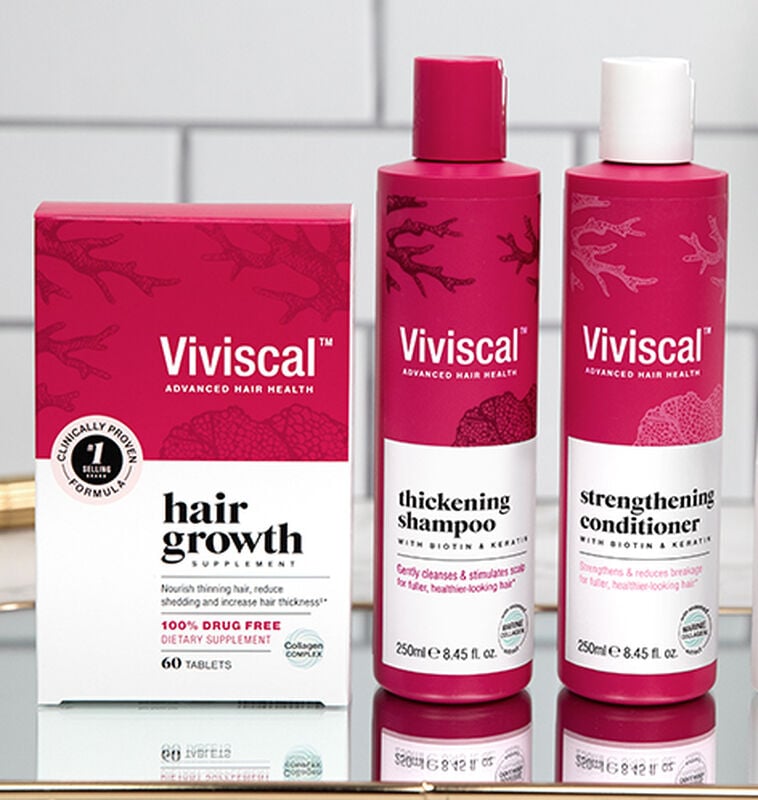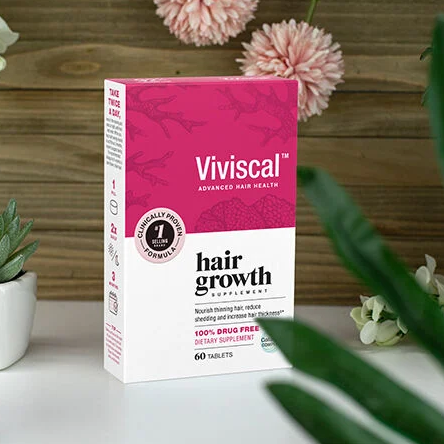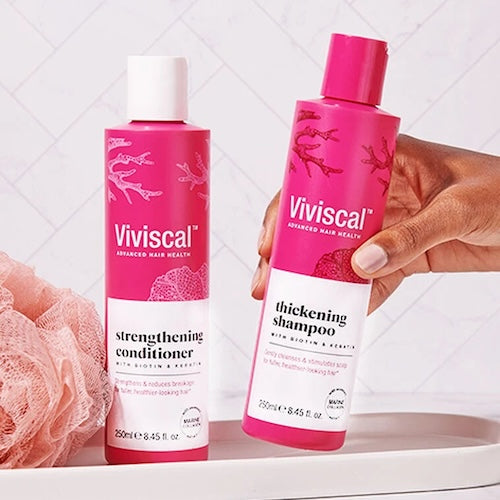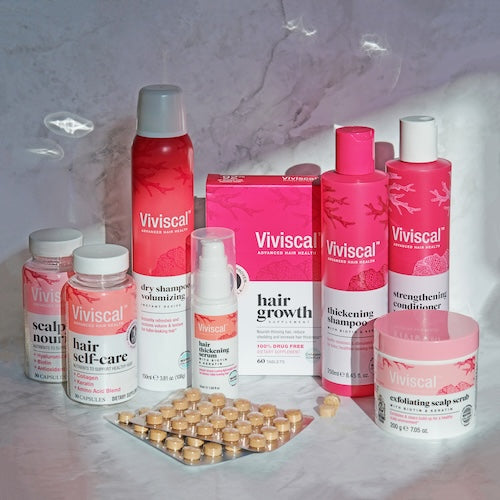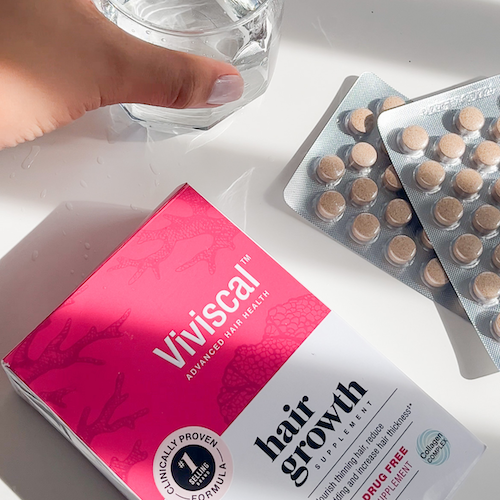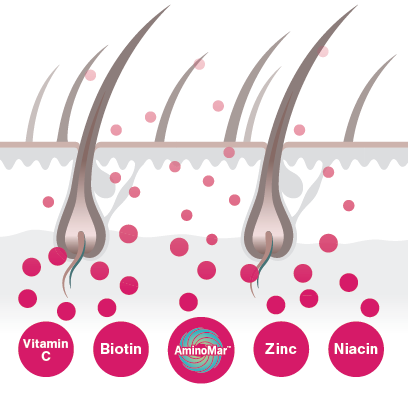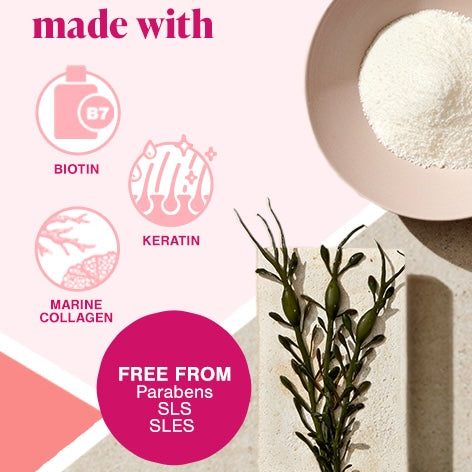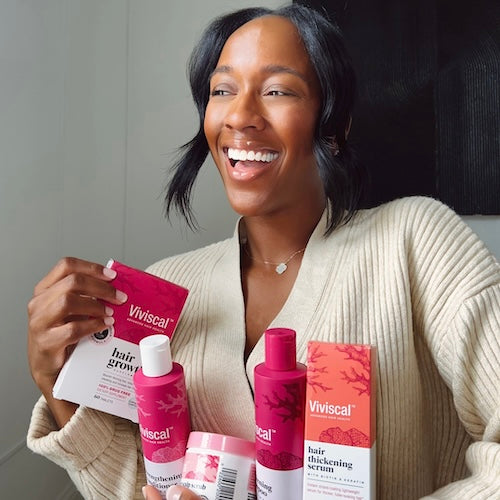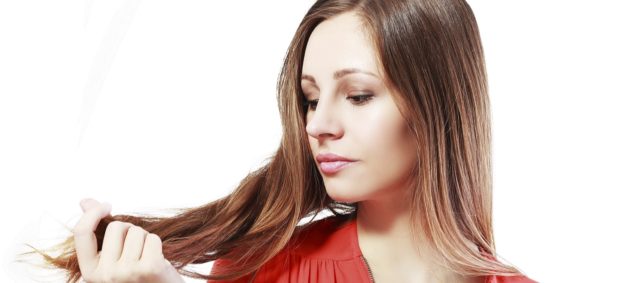Is your hair brittle, or is it actually thinning? Unfortunately, many women don’t know the common characteristics of Damaged Hair, so they don’t know that they have a problem. Being able to identify your hair’s condition is the first step towards fixing it. But how can you tell the difference between brittle, dry and thinning hair? And more importantly, what can you do to fix it? Let’s take a look.
Brittle Hair
Brittle hair can be a combination of dry, dull, frizzy, broken, split-ended, shedding and lackluster. It’s similar to dry skin in that it has a spectrum of levels, from mildly dull to full-blown breakage.
Characteristics of brittle hair are:
- Spongy hair – hair looks spongy and tangles when wet
- Colored hair – color treatments fade quickly
- Dry and damaged hair – it’s dry and rough to the touch
- Hair Breakage – lacks elasticity, is easy to break
There are a few medical causes of brittle hair like malnutrition and hormone imbalances, but the most common causes of brittle hair are the elements. UV Rays, chlorine, chemicals — all of these things attack our hair on a daily basis.
But the biggest culprit has got to be heat-styling. Blow-dryers, hot irons, curling irons — the tools we use daily to look good can wreak havoc on healthy hair. These tools can heat up to 400 degrees before being applied directly to your hair. And extreme heat can cause water bubbles inside your hair which damages the shaft. “Bubble hair” makes your strands feel rough to the touch, and it stops them from sliding off each other a.k.a. no more bounce.
If you’re finding excessive hair in your brush and you notice that your hair is not being very cooperative or manageable, it’s likely that you have damaged hair.
Thinning Hair
Thinning hair can be related to brittle hair, but often it’s an entirely separate issue. Most people lose anywhere from 50 to 100 strands of hair each day. But when that number goes north of 250, there could be a problem.
Thinning Hair In Women is more common than you may think. Thirty million women in America, or about 1 in 4, suffer from thinning hair at any given time. Most notice it in their 50s or 60s, but it can happen at any age.
There are some visual signs of thinning hair that women can check themselves. Women with thinning hair tend to notice thinning on the top third of the scalp. The front hairline usually stays intact (unlike with Male Pattern Baldness), but they may see a widening part or a thinner ponytail when their hair is pulled back.
In women with Female Pattern Hair Loss, new hair is finer and thinner than the original hair follicle. The hair follicles shrink, and eventually quit growing altogether.
There are short-term Causes Of Thinning Hair like styling damage, stress and allergic reactions, but 90% of hair loss is due to genetics. If there’s hair loss anywhere in your family tree, you could be predisposed.
Treatments for Brittle, Dry Hair
Here are some ways you can fight brittle hair:
- Cut down on the heat styling. Use lower heat settings on your tools and always use thermal protection spray or heat protectant cream before applying any type of heat styling.
- Make sure your Shampoo, Conditioner and styling products are moisture-replenishing formulas. When conditioning, focus on your ends which are the oldest and most brittle.
- Look for styling aids that contain hair-softening oils like sunflower, soybean, argan and sweet almond oils.
- Avoid tight hairstyles and metal hair accessories. They can stress and tear your already fragile hair, which will cause breakage.
- Stop brushing wet hair. Use a wide tooth comb until it’s almost completely dry.
If thinning hair is your problem, medication that can slow down hair loss and stimulate regrowth may help. Products with Minoxidil are available over the counter. But beware — if you stop your minoxidil treatment, you’ll most likely lose any hair that was restored.
For both brittle and thinning hair, it’s important to look at your Diet to make sure you’re getting the proper nutrients. A good hair growth supplement is a convenient way to make sure you’re getting what you need. For thinning hair, we recommend our Viviscal Extra Strength Hair Growth Supplement, which includes hair vitamins like Biotin, Vitamin C, and Iron, as well as AminoMar, a clinically proven marine complex that is exclusive to Viviscal supplements and promotes existing hair growth from within.
